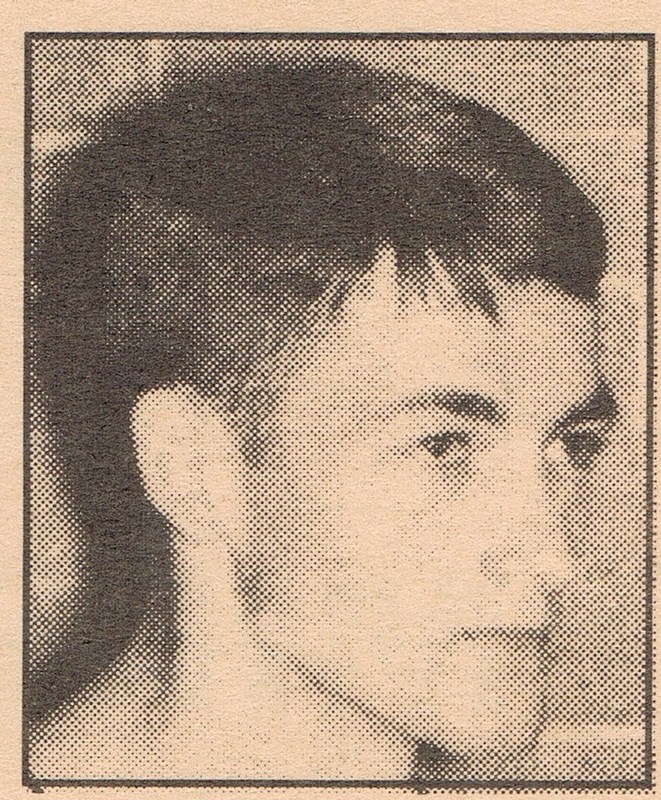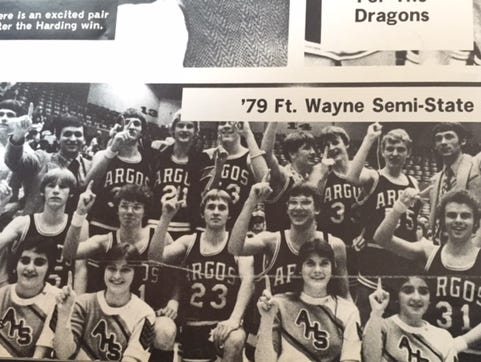
Prometheus stealing fire from Mount Olympus and giving it to humans.

Zeus' Eternal Punishment of Prometheus
An Eagle Feeding Daily on His Liver
{Eventually Hercules Slays the Eagle, Freeing Prometheus}

A few of you will recognize his face; many of you will not. Similarly, some of you will recognize his name while many will not - J. Robert Oppenheimer. You can hear an interview here.
Given the picayune, punitive and paravanimitous nature of the panjandrum that is Trump and his minions, I think that it is important that everyone, particularly scientists, have an understanding of the story of Oppenheimer. One of the best ways to do this is to read American Prometheus: The Triumph and Tragedy of J Robert Oppenheimer, or, since it is a lengthy tome, at least read some of the reviews, one linked above the picture and others at Amazon, such as this:
By the time the story reaches Oppenheimer's fateful Manhattan Project work, readers have been swept along much as the project's young physicists were by fate and enormous pressure. The authors allow the scientists to speak for themselves about their reactions to the Hiroshima and Nagasaki bombings, avoiding any sort of preacherly tone while revealing the utter, horrible ambiguity of the situation. For instance, Oppenheimer wrote in a letter to a friend, "The thing had to be done," then, "Circumstances are heavy with misgiving."
Many biographies of Oppenheimer end here, with the seeds of his later pacifism sown and the dangers of mixing science with politics clearly outlined. But Bird and Sherwin devote the second half of this hefty book to what happened to Oppenheimer after the bomb. For a short time, he was lionized as the ultimate patriot by a victorious nation, but things soured as the Cold War crept forward and anti-communist witchhunts focused paranoia and anti-Semitism onto Oppenheimer, destroying his career and disillusioning him about his life's work. Devastated by the atom bomb's legacy of fear, he became a vocal and passionate opponent of the Strangelovian madness that gripped the world because of the weapons he helped develop.
The coming administration includes folks who believe among other things, that global warming is a hoax, that creationism is equally as valid as evolution, that science is biased, that public education should be dismantled, and that billionaires know best. Such moral, ethical and intellectual vacuity coupled with militaristic jingoism and not-so-veiled threats that dissidents should 'watch what they say', should give pause to us all. Sadly, it won't. Nevertheless, we should be ready to speak out against a return to the days of Joe McCarthy, when the government could destroy via innuendo and accusation. If they can do it to Oppenheimer, who I believe was more patriotic than any of the Make America Great Again crowd, they can do it to anyone. So, my challenge to you is to read American Prometheus, and ponder if we are going to see a repeat of the Tragedy portion of Oppy's story. The Tragedy portion is summarized very well by a quote from Erwin Chargaff:
"That in our day such pygmies throw such giant shadows only shows how late in the day it has become."
It is not surprising that a man of such great intellect would have Stravinsky's Requiem Canticles as his funeral music.




